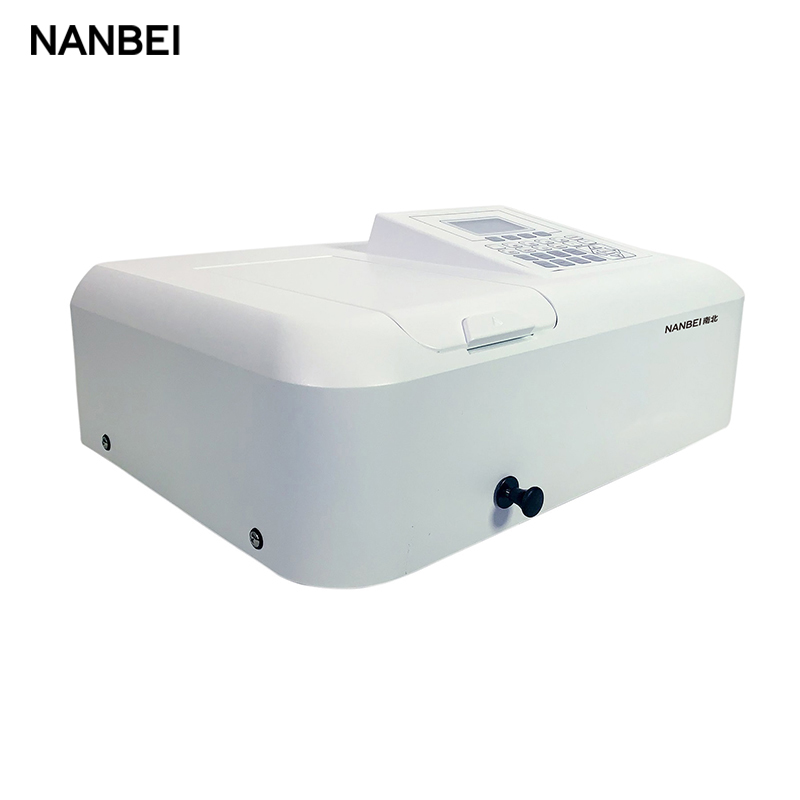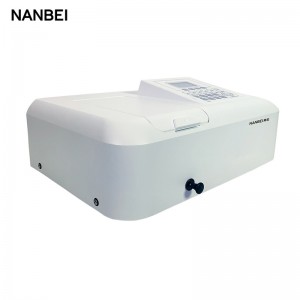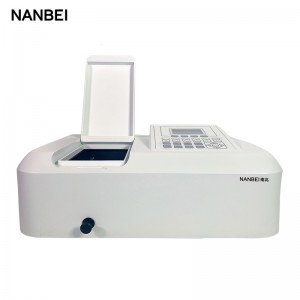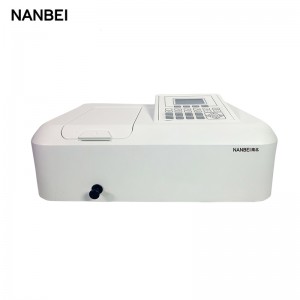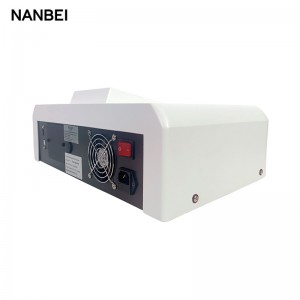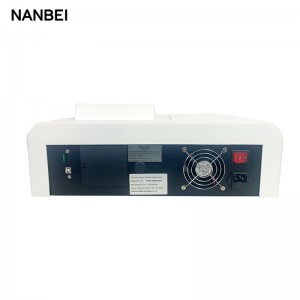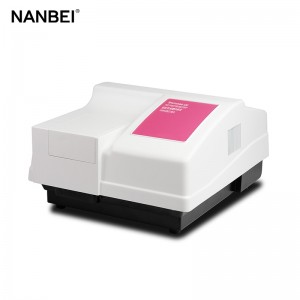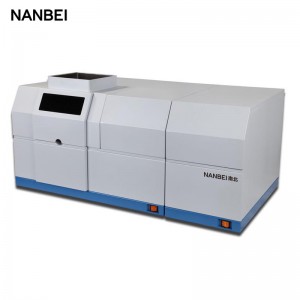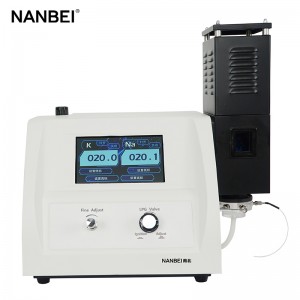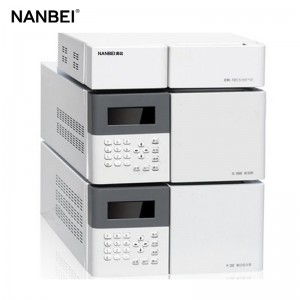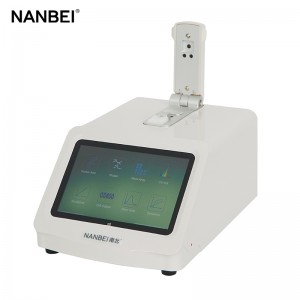1. Photometric measurement: You can select the single-point test wavelength and test method you need within the range of 320-1100nm to determine the absorbance or transmittance of the sample. You can also directly read the concentration of the sample by entering the standard concentration or concentration factor.
2. Quantitative measurement: Measure the sample solution of unknown concentration through the curve of known parameter factors or automatically establish the standard solution curve; with first-order, first-order zero-crossing, second-order, and third-order curve fitting, and single wavelength correction, double Wavelength isoabsorption correction, three-point method optional; standard curve can be stored and recalled;
3. Qualitative measurement: Set a wavelength range and scan interval, and then measure the absorbance, transmittance, reflectance and energy of solid or liquid samples at intervals. It can also zoom, smooth, filter, detect, save, print, etc. of the measured spectrum;
4. Time measurement: Time measurement is also called kinetic measurement. The sample is scanned at intervals of the time range of absorbance or transmittance according to the set wavelength point. The absorbance can also be converted into concentration or reaction rate calculation by inputting a concentration factor.
Enzyme kinetic reaction rate calculation. Various map processing methods such as scaling, smoothing, filtering, peak and valley detection, and derivation are available for your choice;
5. Multi-wavelength measurement: You can set up to 30 wavelength points to measure the absorbance or transmittance of the sample solution.
6. Auxiliary functions: the cumulative time of tungsten lamp lighting, deuterium lamp, tungsten lamp independent turn off and on, UV and visible light switching wavelength point selection, operating language selection (Chinese, English), wavelength automatic calibration.






